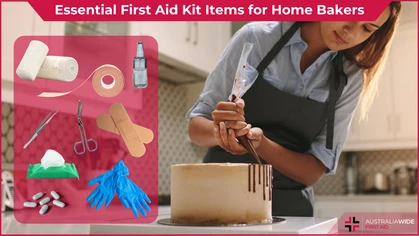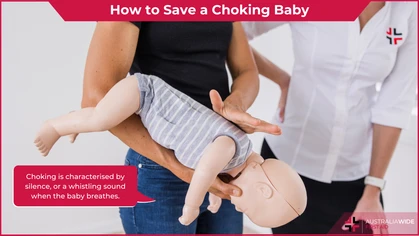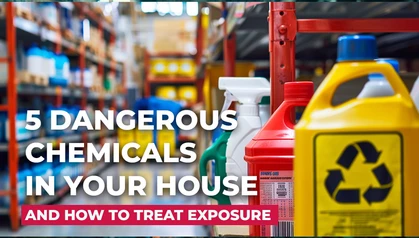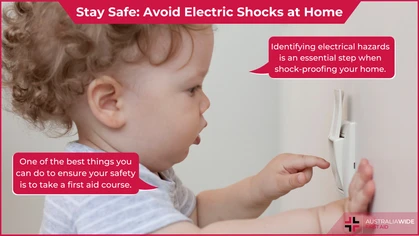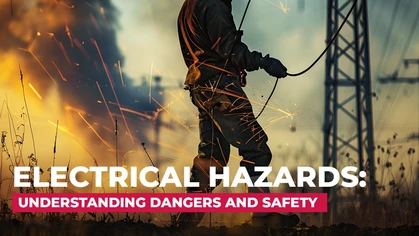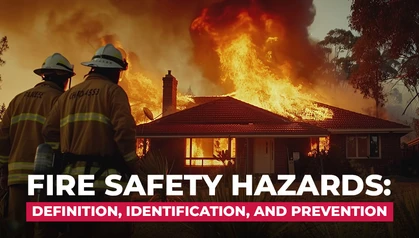Workplace First Aid Requirements

Danger
 In Australia, workplace safety is a top priority, and First Aid plays a crucial role in ensuring the well-being of employees.
Workplaces are expected to adhere to specific regulations and guidelines outlined by Safe Work Australia. The Model Code of Practice: First Aid in the Workplace provides essential information for employers on ensuring the safety and well-being of their employees in the event of an emergency.
Each state and territory, except for Victoria, has implemented the model WHS laws. Each state and territory has made adjustments as appropriate for the unique context of their area and population. It is therefore important to ensure you are following the WHS laws that are applicable to your location.
You can find links to the WHS laws for each state here: Safe Work Australia Legislation.
Regardless of your location, there are some common practices that should be followed.
One of the primary expectations is that workplaces conduct a thorough risk assessment to determine the level of first aid required based on the nature of the work, the size of the workforce, and the potential hazards present.
Employers are expected to provide adequate first aid facilities, equipment, and personnel to address any injuries or illnesses that may occur during work hours.
In Australia, workplace safety is a top priority, and First Aid plays a crucial role in ensuring the well-being of employees.
Workplaces are expected to adhere to specific regulations and guidelines outlined by Safe Work Australia. The Model Code of Practice: First Aid in the Workplace provides essential information for employers on ensuring the safety and well-being of their employees in the event of an emergency.
Each state and territory, except for Victoria, has implemented the model WHS laws. Each state and territory has made adjustments as appropriate for the unique context of their area and population. It is therefore important to ensure you are following the WHS laws that are applicable to your location.
You can find links to the WHS laws for each state here: Safe Work Australia Legislation.
Regardless of your location, there are some common practices that should be followed.
One of the primary expectations is that workplaces conduct a thorough risk assessment to determine the level of first aid required based on the nature of the work, the size of the workforce, and the potential hazards present.
Employers are expected to provide adequate first aid facilities, equipment, and personnel to address any injuries or illnesses that may occur during work hours.
Expectations for Employers
Legal Compliance: Employers in Australia are legally obligated to provide a safe working environment under the Work Health and Safety (WHS) Act. This includes having appropriate First Aid measures in place. Employers must comply with the First Aid requirements outlined in the WHS regulations, ensuring that the workplace is adequately equipped and staffed to handle emergencies. First Aid Training and Equipment: Employers are expected to provide First Aid training to designated employees, ensuring they are equipped with the necessary skills to respond effectively in case of an emergency. This may include industry-specific training, or other additional training to suit the health and safety needs of your individual employees. Employers should look for first aid courses that are nationally accredited. This ensures they align with the recommendations set out by the Australian Resuscitation Council (ARC), and are therefore the most up-to-date. Additionally, workplaces must have accessible and well-maintained First Aid kits, with contents meeting the national standards outlined by Safe Work Australia. These kits should be audited regularly to ensure they are kept well-stocked with in-date items. Emergency Response Plan: Developing and regularly reviewing an emergency response plan is a key responsibility for employers. This plan should outline the steps to be taken in case of injuries or medical emergencies, including the location of First Aid facilities, emergency contact information, and evacuation procedures. This plan should be readily available for all employees to access. Appointing First Aid Officers: In larger workplaces, it is recommended that employers appoint designated First Aid Officers. These individuals undergo additional First Aid training and are responsible for coordinating emergency responses, maintaining First Aid supplies, and liaising with emergency services when necessary.Expectations for Employees
Participating in First Aid Training: Employees are expected to actively participate in any First Aid training provided by their employer. This training equips them with the skills needed to respond effectively to various medical emergencies, from minor injuries to life-threatening situations. A nationally recognised CPR or First Aid certificate is a requirement of many workplaces and industries. A CPR certificate should be renewed every 12 months, and a First Aid certificate every 3 years. Reporting Hazards and Injuries: Employees play a crucial role in maintaining workplace safety by promptly reporting any hazards or injuries they encounter. This enables employers to address potential risks and implement preventive measures, contributing to a safer work environment. If an employee has a medical condition that could impact on their workday, they should work with their employer to establish appropriate procedures. This may include adjustment to work schedule, additional first aid items that may fall outside the regular inclusions of a first aid kit, or extra training for colleagues who may need to assist. Familiarity with First Aid Facilities: Employees should be familiar with the location of First Aid facilities, including the placement of First Aid kits, defibrillators, and emergency exits. Quick access to these resources can make a significant difference in the outcome of an emergency situation. If employees are working at off-site locations, a first aid kit should be provided in their car at all times. Collaboration in Emergency Responses: In the event of an emergency, employees are expected to collaborate with designated First Aid Officers and follow the established emergency response plan. This may involve providing information to emergency services, assisting colleagues in need, and ensuring a calm and orderly evacuation if required.Conclusion
First Aid is an integral component of workplace safety in Australia, with both employers and employees playing essential roles. By meeting their respective expectations, employers can create a secure working environment, and employees can contribute to a culture of safety and well-being. Prioritizing First Aid ensures that Australian workplaces are prepared to respond effectively to emergencies and provide timely assistance to those in need. To book in CPR or First Aid training for your workplace, either find a suitable location above or call to arrange for us to come to your workplace!
Originally published at
https://www.australiawidefirstaid.com.au/resources/workplace-first-aid-requirements
as part of the Australia Wide First Aid Articles Library



